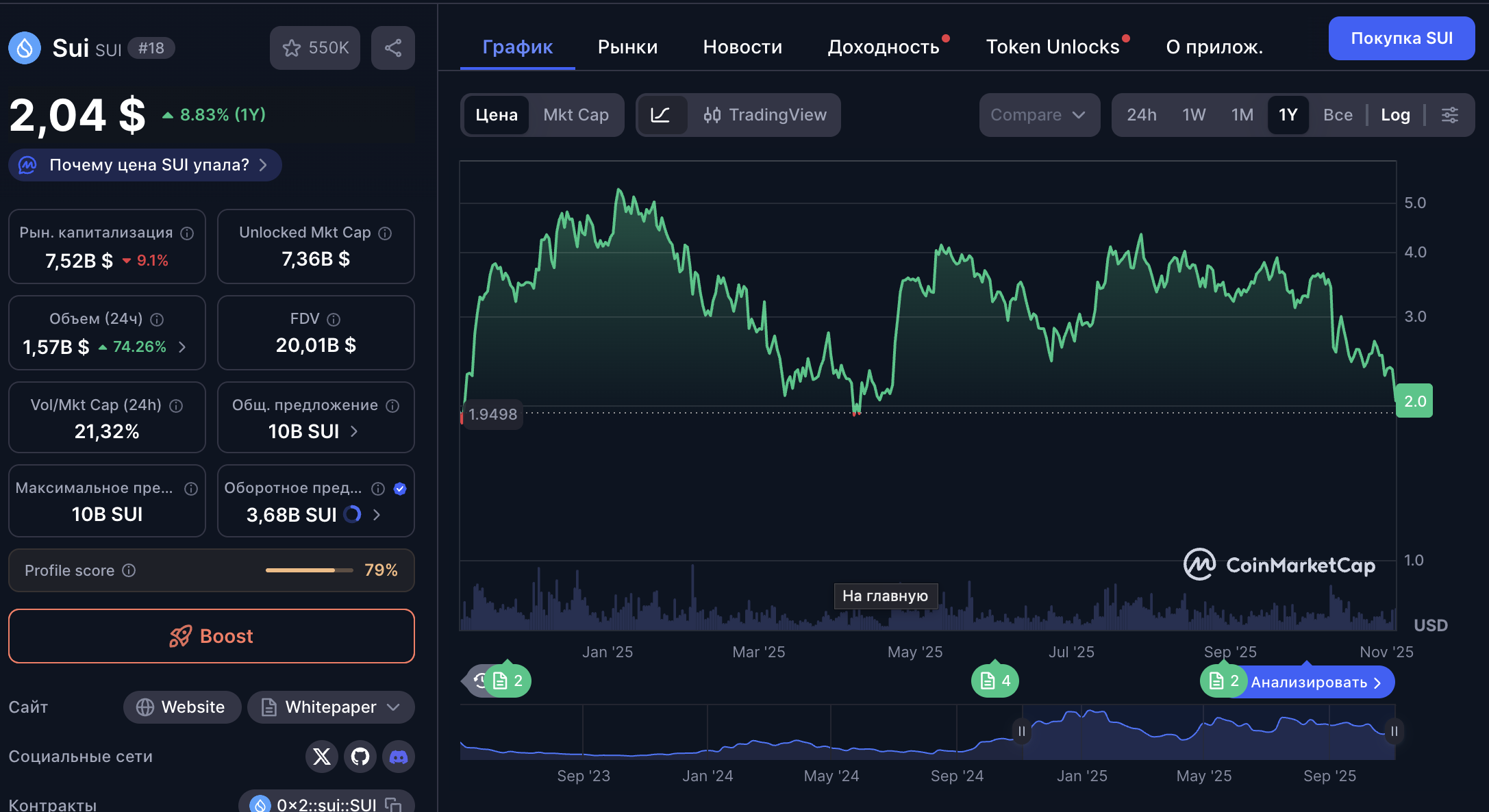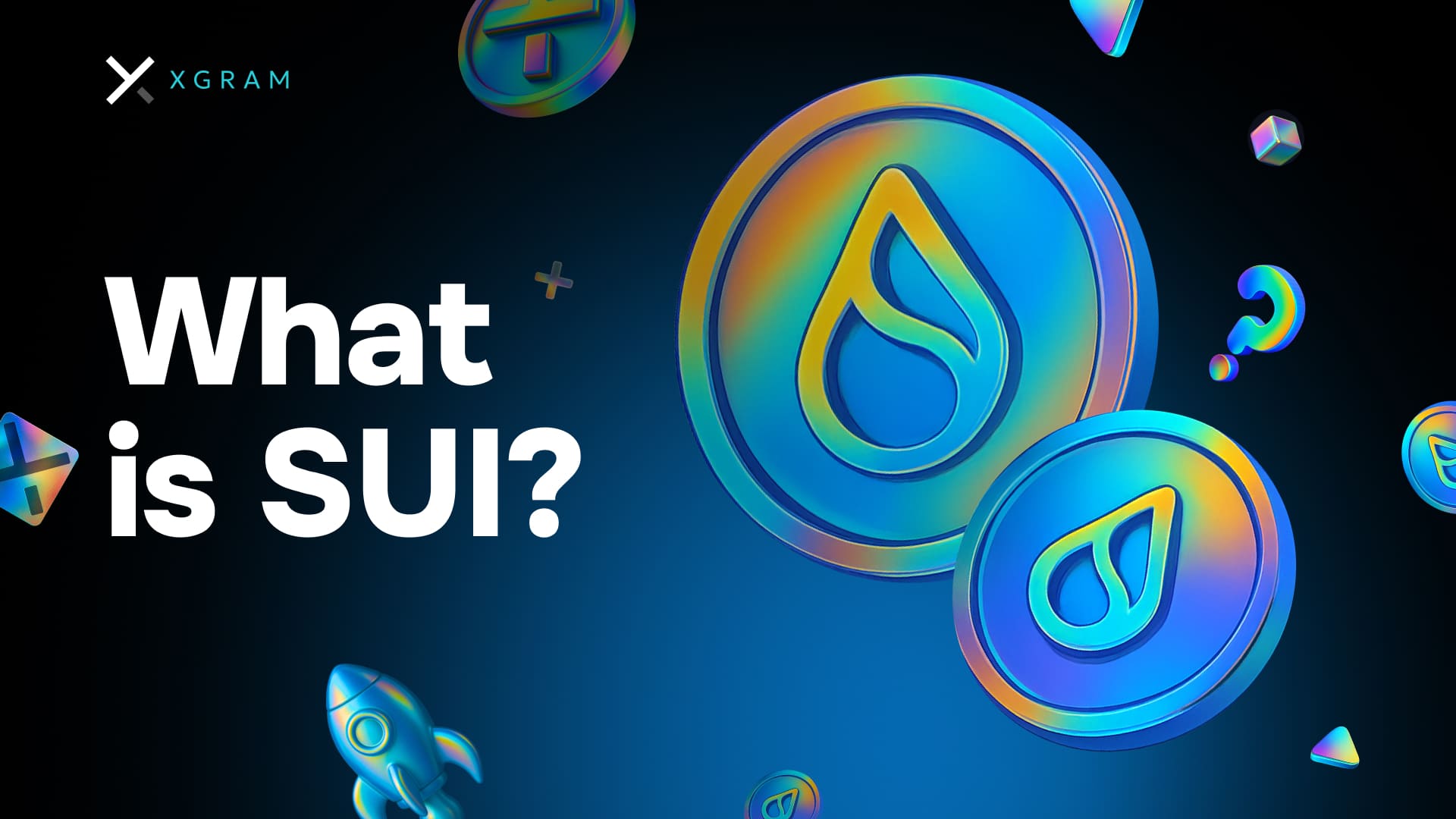En résumé (en quatre points rapides)
- Sui est une nouvelle blockchain de couche 1 visant un haut débit et de faibles frais.
- Elle utilise Move, un langage de programmation conçu pour des contrats intelligents sûrs et flexibles.
- Sa structure unique se concentre sur le traitement parallèle des transactions, ce qui améliore la vitesse.
- Les débutants peuvent explorer Sui tout en se familiarisant avec la finance décentralisée (DeFi).
Ci-dessous, tu découvriras ses principales caractéristiques, ce qui la distingue des autres blockchains et les étapes pratiques pour t’y impliquer. Allons-y.
Comprendre les bases

Si tu t’es déjà demandé « Qu’est-ce que Sui ? », pense-y comme à une blockchain de nouvelle génération construite pour résoudre certains des principaux goulots d’étranglement des blockchains plus anciennes. Les blockchains traditionnelles traitent les transactions ligne par ligne, ce qui peut ralentir le réseau à mesure que la base d’utilisateurs grandit. À l’inverse, Sui est conçue pour traiter de nombreuses transactions en parallèle. Ce design améliore ton expérience, réduit les temps d’attente et diminue les frais lorsque le réseau est très sollicité.
Comment fonctionne Sui ?

Au cœur de Sui se trouve une technologie appelée le langage Sui Move, une variante de Move. Initialement développé pour le projet Libra (plus tard Diem), ce langage met l’accent sur la sécurité et la programmabilité. L’avantage est qu’il rend la création de contrats intelligents plus simple et plus sûre. Les contrats intelligents, si tu ne connais pas le terme, sont des programmes qui s’exécutent automatiquement lorsque certaines conditions sont remplies. Tu peux les voir comme des règles automatisées sur la blockchain, couvrant tout, des exchanges décentralisés aux marketplaces de NFT.
Le mécanisme de consensus de Sui repose sur un système visant à confirmer les transactions rapidement tout en maintenant la sécurité et la décentralisation propres à la technologie blockchain. L’idée est de diviser les transactions en deux grands types :
- Les transferts simples, pouvant être traités sans attendre toute la validation du réseau.
- Les transactions complexes, nécessitant une vérification de consensus sur l’ensemble du réseau pour confirmer leur validité.
Avec cette approche, Sui tente de réduire la congestion et d’améliorer l’efficacité de la chaîne. Pour l’utilisateur, cela signifie que les transactions quotidiennes peuvent être validées beaucoup plus vite, surtout lorsque le réseau n’est pas encombré par des opérations de contrats intelligents complexes.
La promesse de vitesse et de simplicité
La promesse de Sui en matière de rapidité vise à t’épargner les problèmes de congestion. Si tu as déjà utilisé des réseaux plus anciens, tu as sans doute connu des confirmations lentes. L’architecture de Sui veut changer cela en permettant aux transactions de se dérouler en parallèle, un peu comme si on ajoutait des voies sur une autoroute saturée.
Cette conception pourrait aussi réduire les frais pendant les périodes de forte activité. Quand le réseau n’est pas saturé, les coûts restent stables. Cela peut être avantageux si tu expérimentes des protocoles DeFi, des NFT ou d’autres applications exigeant un grand volume de transactions.
Pourquoi Sui se démarque
Le monde des blockchains est très concurrentiel. On y trouve Ethereum, Solana, Cardano, Polkadot et bien d’autres. Sui arrive avec une approche unique centrée sur le parallélisme, ce qui en fait un projet à surveiller de près.
Une équipe de développeurs solide
Une des raisons pour lesquelles Sui attire l’attention est son équipe. De nombreux contributeurs principaux ont travaillé sur des projets technologiques majeurs, dont Diem. Cela donne à Sui l’avantage de compter sur des ingénieurs blockchain expérimentés, familiers avec les défis les plus complexes du secteur. Si tu t’intéresses à la viabilité à long terme, une communauté de développeurs solide est un bon indicateur.
Des applications évolutives
Si tu débutes dans la crypto, tu ne verras peut-être pas tout de suite l’importance de l’évolutivité. En résumé, une blockchain capable de bien évoluer peut gérer des pics d’activité sans augmenter excessivement les frais ni ralentir. C’est essentiel pour les futures applications décentralisées, qu’il s’agisse de jeux ou de produits financiers complexes. En tant qu’utilisateur, tu veux éviter les transactions bloquées ou les frais trop élevés en période de forte demande. L’approche parallèle de Sui vise à t’épargner ces frustrations.
Sécurité grâce à Move
La sécurité reste une priorité absolue dans la crypto. Avec des fonds importants en jeu et de nombreux nouveaux projets qui voient le jour, le risque de piratage n’est pas négligeable. Sui utilise le langage Move pour rendre les vulnérabilités plus difficiles à exploiter. Move est conçu pour gérer les actifs numériques de manière contrôlée et explicite, réduisant les effets secondaires inattendus. Bien qu’aucun système ne soit parfait, Sui veut te rassurer : la sécurité est intégrée dès le niveau du langage.




